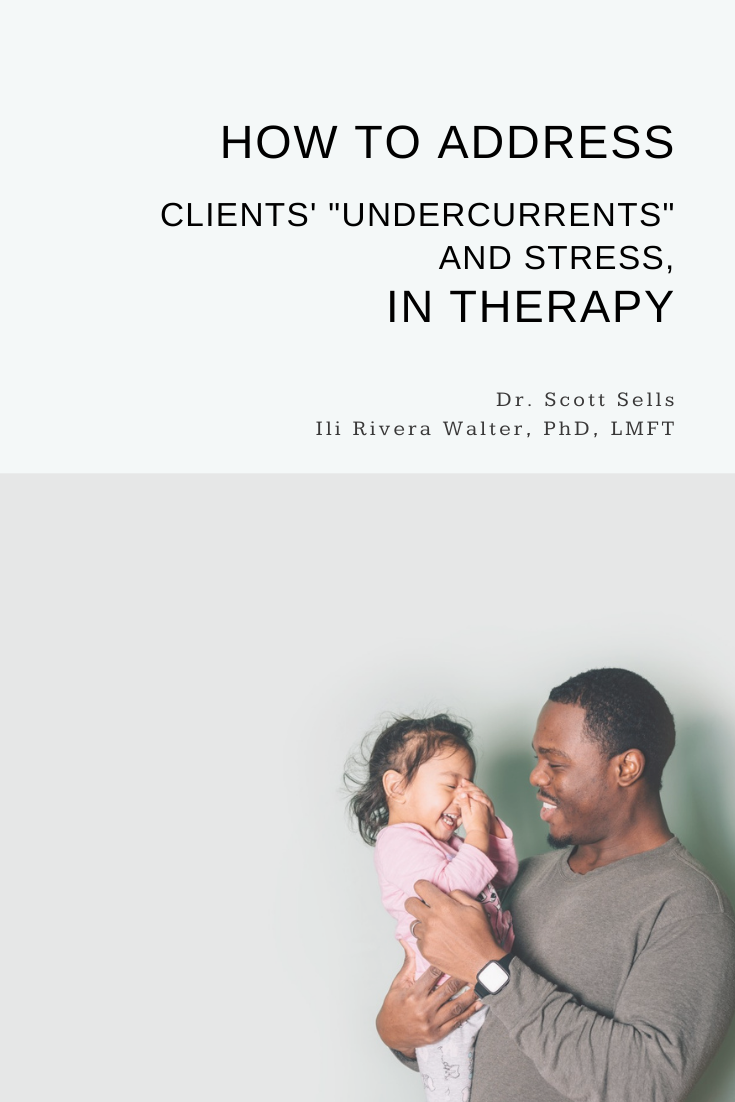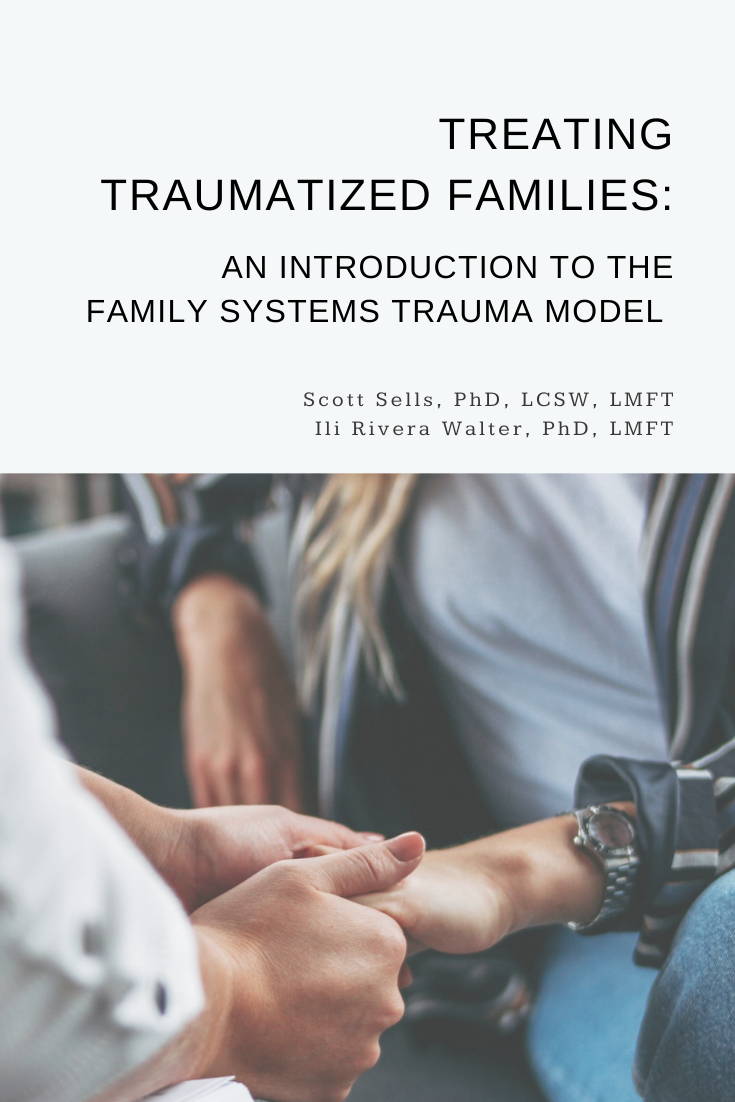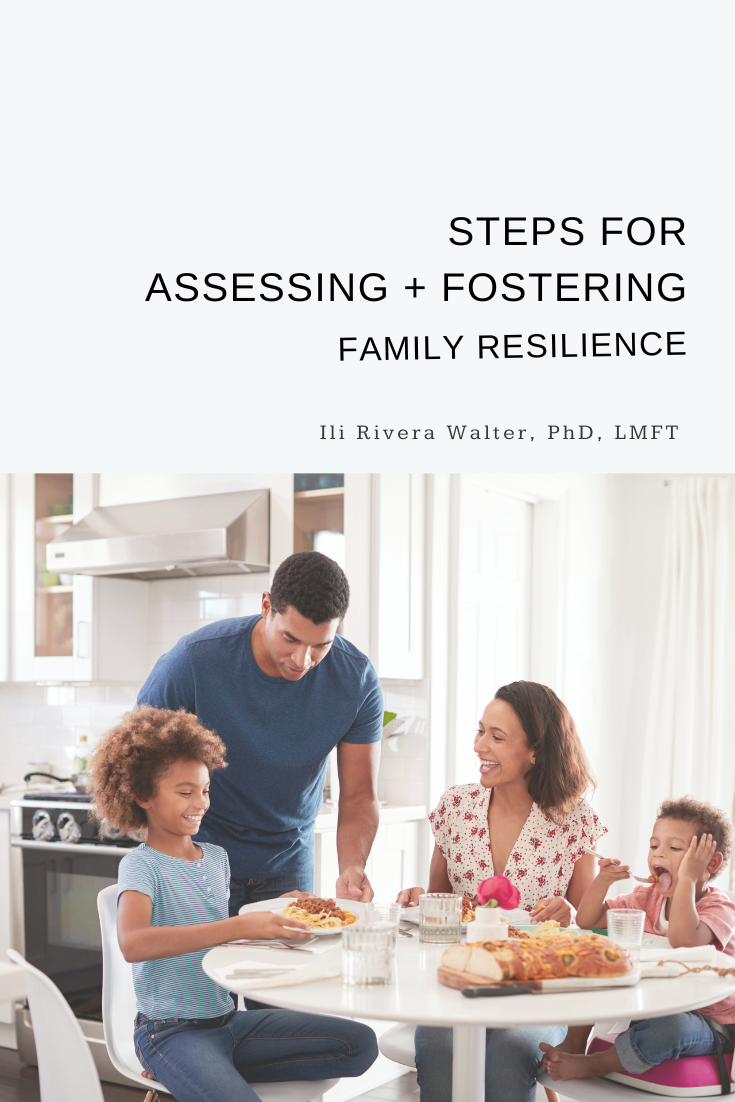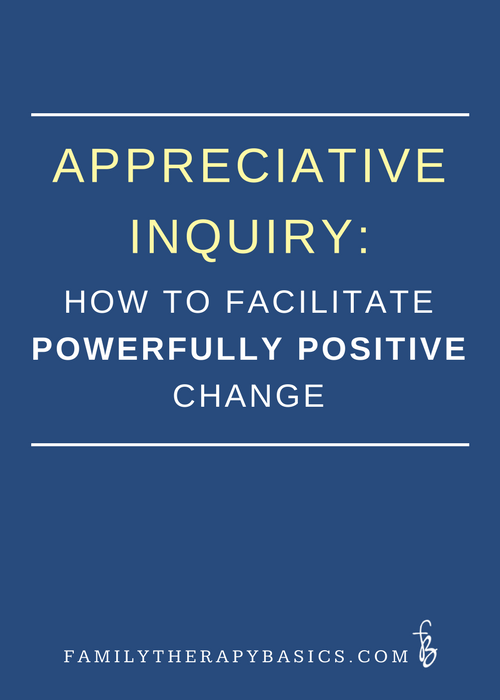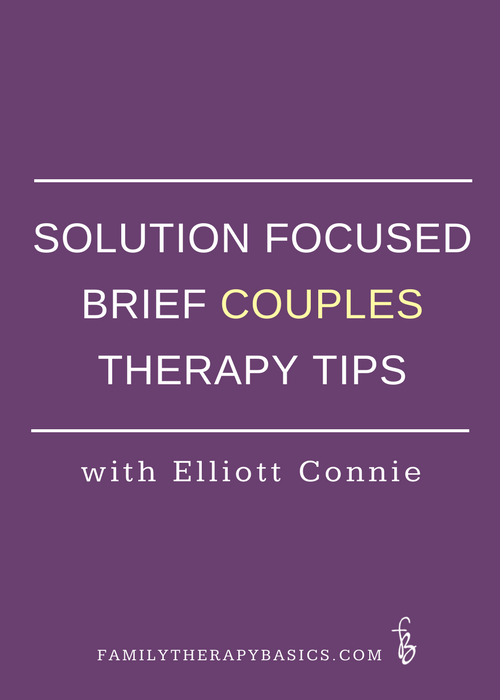Introduction
When one or both partners in a relationship have trauma, it can adversely affect the relationship. Relationship satisfaction is lower and marital divorce and separation is higher in those who experienced childhood traumas such as physical or sexual abuse, physical attack, or assault (Whisman, (2006). Results from a study by Riggs (2014) suggest that trauma experienced in adulthood can also adversely affect relationships, and that this effect is compounded if both partners have experienced trauma. As a couple therapist, these statistics can be daunting, as they point toward a need to help members of a couple resolve their trauma while addressing relationship issues.
We know that Eye Movement Desensitization and Reprocessing (EMDR) therapy has been empirically shown to reduce the effects of trauma, anxiety, and depression, and can affect relationship satisfaction (Doğan, Yaşar, & Gündoğmuş, 2021). The problem here is that EMDR is an individual therapy. However, clinicians are beginning to integrate EMDR into couple therapy (Linder, Niño, Negash, & Espinoza, 2021). In this article, I address how EMDR can be used in couple therapy to work with couples to help reduce the effects of trauma as well as foster relationship intimacy (Linder et. al., 2021). Please note that there is not yet enough efficacy research around EMDR and couple therapy to determine if it is an evidence-based treatment, so therapists will need to use their clinical judgment when deciding to use EMDR with their couples (Doğan, Yaşar, & Gündoğmuş, 2021; Linder, Niño, Negash, & Espinoza, 2021).
Ways To Integrate EMDR In Couple Therapy
Doğan’s EMDR Couple Protocol
One way to use EMDR with couples is the EMDR Couple Protocol (Doğan, Yaşar, & Gündoğmuş, 2021). This protocol is useful when a couple shares the same trauma, such as an affair, the death of a child, or an automobile accident. The creators of the protocol state that it is not appropriate for couples who have individual trauma.
The EMDR Couple Protocol is an 8-phase approach that is summarized below (Doğan, Yaşar, & Gündoğmuş, 2021):
Phase 1: The first phase is problem identification and takes place over three sessions: One couple session, and one individual session for each partner.
Phase 2: This is a preparation phase to the second phase of the standard EMDR protocol, but both partners attend the sessions and complete the preparation together. Unlike the standard EMDR protocol, the goal is to promote safety in the couple relationship as a resource instead of giving separate resources to each partner.
Phase 3: This is the assessment phase where the therapist helps the couple determine target memories for EMDR processing.
Phase 4: This is the desensitization phase. This is where the EMDR processing is done, but it is done with both members of the couple simultaneously.
Phase 5: The installation phase is the same as it is in the standard protocol, but the couple decide the positive cognition about the relationship together, and it is installed to both partners at the same time.
Phase 6: During the body scan phase, the couple give bilateral stimulation to each other. First one partner, then the other, gives bilateral stimulation to their partner until a clear body scan is achieved.
Phase 7: This is the closure phase in traditional EMDR and is intended to be done at the close of a session. This is when the partners can give feedback on their experiences in the session, do any calming needed before the sessions ends, and homework is given for the week.
Phase 8: The beginning of sessions after the first, this is intended to be a re-evaluation of how the processing has worked with feedback from the couple’s week, how they are feeling since the last session, and what needs to be targeted in the current session.
More information on how to use the EMDR Couple Protocol can be found in the linked article by Doğan et. al (2021).
Integrating EMDR with Emotionally Focused Therapy (EFT)
Another means of using EMDR in couple therapy is to integrate it with a couple therapy model, such as Emotionally Focused Therapy (EFT) (Linder et. al., 2021). Like EMDR, EFT has been shown to have a positive effect on trauma symptoms, especially those of attachment-based traumas. Therefore, it makes sense that combining the two therapies has the potential to help couples suffering from trauma.
When using EMDR in conjunction with EFT, EFT is the primary therapy and EMDR is integrated (Linder et. al., 2021). EMDR is compatible with EFT in that both teach clients to pay attention not only to thoughts, but also to emotional content and what is going on in the body during times of stress and healing. When negative emotional content and body sensations come up in EFT and cannot be moved past by the couple, EMDR can be of use to process this content so that clients can move forward in couple therapy.
To integrate EMDR into EFT, a clinician should wait until phase 2 of EFT (Linder et. al., 2021). This is to ensure there is enough emotional safety in the relationship to make conjoint EMDR beneficial. At this point, EMDR can be integrated as needed into step 3 of EFT. Step 3 is the phase of EFT where we are helping the client heighten and share their emotions underlying the negative cycle via enactments (Johnson, 2019). At this time, if the couple is having difficulty with pinpointing emotion, or enacting it, EMDR can be integrated.
The integration of EMDR into EFT is often done as individual EMDR with the client’s partner witnessing the EMDR process and providing quiet support (Linder et. al., 2021). At this point, all phases of EMDR can be incorporated into the couple therapy before moving on to the next step in EFT. It is important to note that the target for EMDR in this case should be the partner’s underlying attachment needs and wounds. The goal is not to process all the client’s individual trauma, but to process the trauma that is stopping them from moving forward in the EFT process.
When to use or not to use EMDR with Couples
Just as not all couples are appropriate for couple therapy, not all couples are appropriate for doing EMDR as a couple (Linder et. al., 2021). EMDR works best with couples when there is already a sense of emotional safety or somewhat secure attachment between the partners. For this reason, I would recommend doing EMDR later in couple therapy. If you are using EFT, integration of EMDR would be more appropriate for phase 2 than phase 1. It is also best used with couples who are committed to their relationship and who can be vulnerable in front of each other.
Conjoint EMDR is not appropriate for couples who are highly reactive or who might be critical of each other’s experiences during processing (Linder et. al., 2021). It is also not appropriate when the partners may use information learned during processing against each other. EMDR should be used in couples work only when both parties are able to self-soothe, and there is enough emotional safety for the processing partner to know that whatever comes up in EMDR will not cause relationship problems. They should also be sure that the viewing partner will not interrupt the EMDR process before deciding to integrate.
Benefits of using EMDR in Couple Therapy
Linder et. al. (2021) found several benefits of using EMDR in couple therapy. One of these is that the positive emotions of healing from successful EMDR becomes connected with the client’s partner instead of with the therapist. This can promote a more positive view of the partner, leading to a better relationship.
Early research into EMDR integration into couple therapy can be helpful when clients are stuck in couple therapy due to trauma, especially shared trauma (Linder et. al., 2021). For instance, even though EFT is a model that can treat trauma, some therapists find that EFT alone is not adequate to help with high-trauma couples. Adding EMDR into couple therapy treatment can help get past this barrier.
Conclusion
Even though more research is needed, integrating EMDR into couple therapy shows great promise for working with couples where one or both partners have experienced trauma (Linder et. al., 2021). As there are multiple ways to integrate the two methods, clinicians are more likely to find a way to integrate that is comfortable with them and congruent with the couple therapy model that they use. I feel that this integration of EMDR and couple therapy will prove to be invaluable in the future when working couples with trauma.
References
Doğan, C. K., Yaşar, A. B., & Gündoğmuş, İ. (2021). Effects of the EMDR couple protocol on relationship satisfaction, depression, and anxiety symptoms. Journal of EMDR Practice and Research, 15(4), 218–230.
Johnson, S. M. (2019). The practice of emotionally focused couple therapy: Creating connection, 3rd ed.Routledge/Taylor & Francis Group.
Linder, J. N., Niño, A., Negash, S., & Espinoza, S. (2021). Integrating EMDR and EFT to treat trauma in couple therapy: A literature review. International Journal of Systemic Therapy, 32(4), 251–272. https://doi.org/10.1080/2692398X.2021.1954862
Riggs, D. S. (2014). Traumatized Relationships: Symptoms of Posttraumatic Stress Disorder, Fear of Intimacy, and Marital Adjustment in Dual Trauma Couples. Psychological Trauma: Theory, Research, Practice, & Policy, 6(3), 201–206. https://doi.org/10.1037/a0036405
Whisman, M. A. (2006). Childhood trauma and marital outcomes in adulthood. Personal Relationships, 13(4), 375–386. https://doi.org/10.1111/j.1475-6811.2006.00124.x
About the Author
Yvonne Judge is an Independent Marriage and Family Therapist who is pursuing her PhD in the field. Yvonne has a passion for working with couples and individuals with trauma and uses both Gottman and EFT in her couple work. She is an EMDRIA certified and enjoys consulting on how to work with DID, high trauma, integrating hypnotherapy and many other models. She enjoys working with students as well as writing and presenting on systemic topics. She practices in Ohio. More information on Ms. Judge can be found on her practice website.
Let’s Chat
Let me know in the comments:
What information stands out to you from this article?
If you are a EMDR practitioner: How have you used EMDR with couples?



